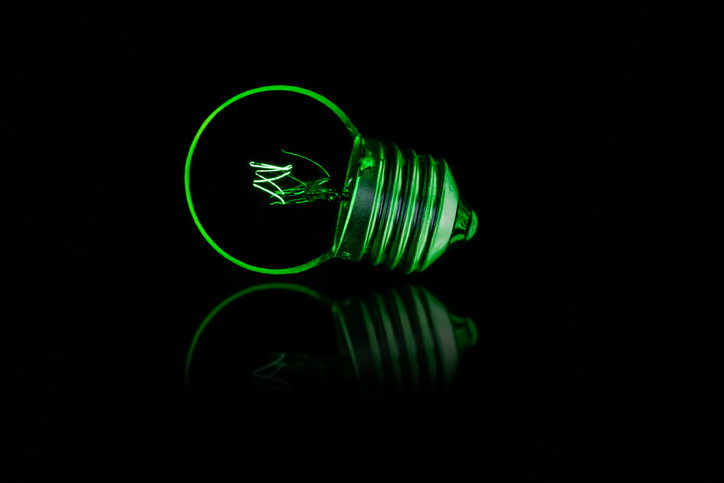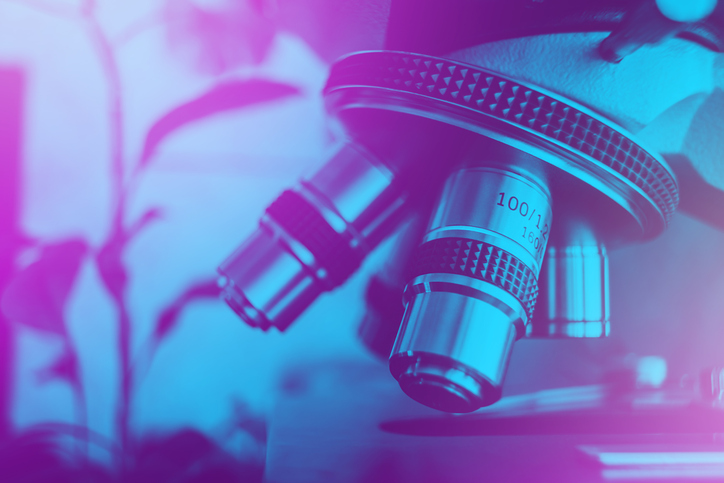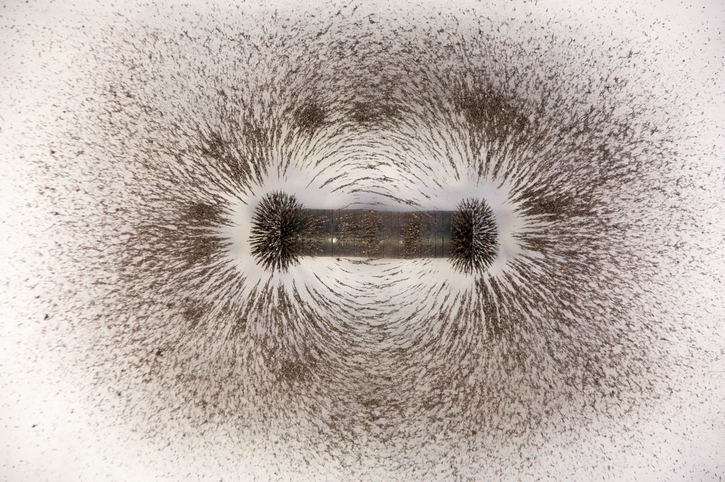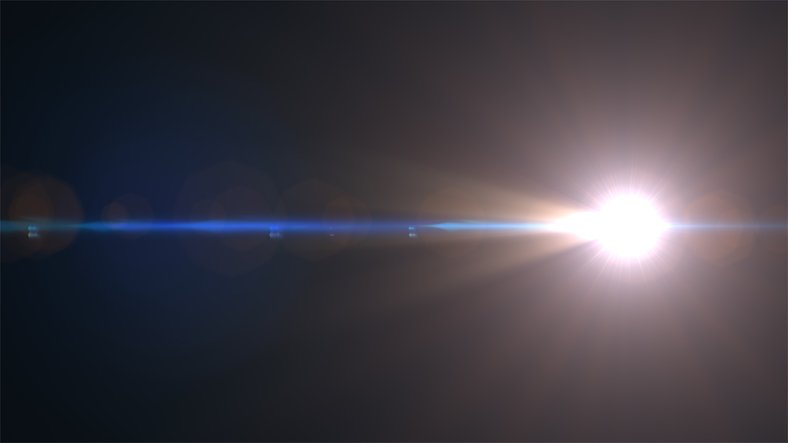![]() Scientists have figured out how to make tiny individual films—each just a few atoms high—and stack them for use in new kinds of electronics.
Scientists have figured out how to make tiny individual films—each just a few atoms high—and stack them for use in new kinds of electronics.
Over the past half-century, scientists have shaved silicon films down to just a wisp of atoms in pursuit of smaller, faster electronics. For the next set of breakthroughs, though, they’ll need new ways to build even tinier and more powerful devices.
In a study that appears in Nature, researchers describe an innovative method to make stacks of thin, uniform layers of semiconductors just a few atoms thick which could expand capabilities for devices like solar cells and cell phones.
Stacking thin layers of materials offers a range of possibilities for making electronic devices with unique properties. But manufacturing them is a delicate process, with little room for error, researchers say.
“The scale of the problem we’re looking at is, imagine trying to lay down a flat sheet of plastic wrap the size of Chicago without getting any air bubbles in it,” says Jiwoong Park, a professor of chemistry at the University of Chicago and at the Institute for Molecular Engineering and the James Franck Institute. “When the material itself is just atoms thick, every little stray atom is a problem.”


 A team of engineers from Monash University have successfully test-fired the world’s first 3D printed rocket engine. By utilizing a unique aerospike design, the team, led by ECS fellow
A team of engineers from Monash University have successfully test-fired the world’s first 3D printed rocket engine. By utilizing a unique aerospike design, the team, led by ECS fellow  Big ideas are getting harder and harder to find, and innovations have become increasingly massive and costly endeavors, according to new research.
Big ideas are getting harder and harder to find, and innovations have become increasingly massive and costly endeavors, according to new research. Researchers have developed a new way to alleviate many of the issues that make magnetic data storage for computer hard disks and other data storage hardware problematic, including speed and energy use.
Researchers have developed a new way to alleviate many of the issues that make magnetic data storage for computer hard disks and other data storage hardware problematic, including speed and energy use. Chemical engineers have generated ultra-pure green light for the first time.
Chemical engineers have generated ultra-pure green light for the first time. A team of engineers has found a simple, economical way to make a nano-sized device that can lift many times its own weight.
A team of engineers has found a simple, economical way to make a nano-sized device that can lift many times its own weight. Researchers have developed a new method for evaluating drug safety that can detect stress on cells at earlier stages than current methods, which mostly rely on detecting cell death.
Researchers have developed a new method for evaluating drug safety that can detect stress on cells at earlier stages than current methods, which mostly rely on detecting cell death. Researchers have found a way to use magnetic nanoparticle clusters to punch through biofilms to reach bacteria that can foul water treatment systems.
Researchers have found a way to use magnetic nanoparticle clusters to punch through biofilms to reach bacteria that can foul water treatment systems. A new device improves on the sensitivity and versatility of sensors that detect doping in athletics, bomb-making chemicals, or traces of drugs. It could also cut costs.
A new device improves on the sensitivity and versatility of sensors that detect doping in athletics, bomb-making chemicals, or traces of drugs. It could also cut costs.